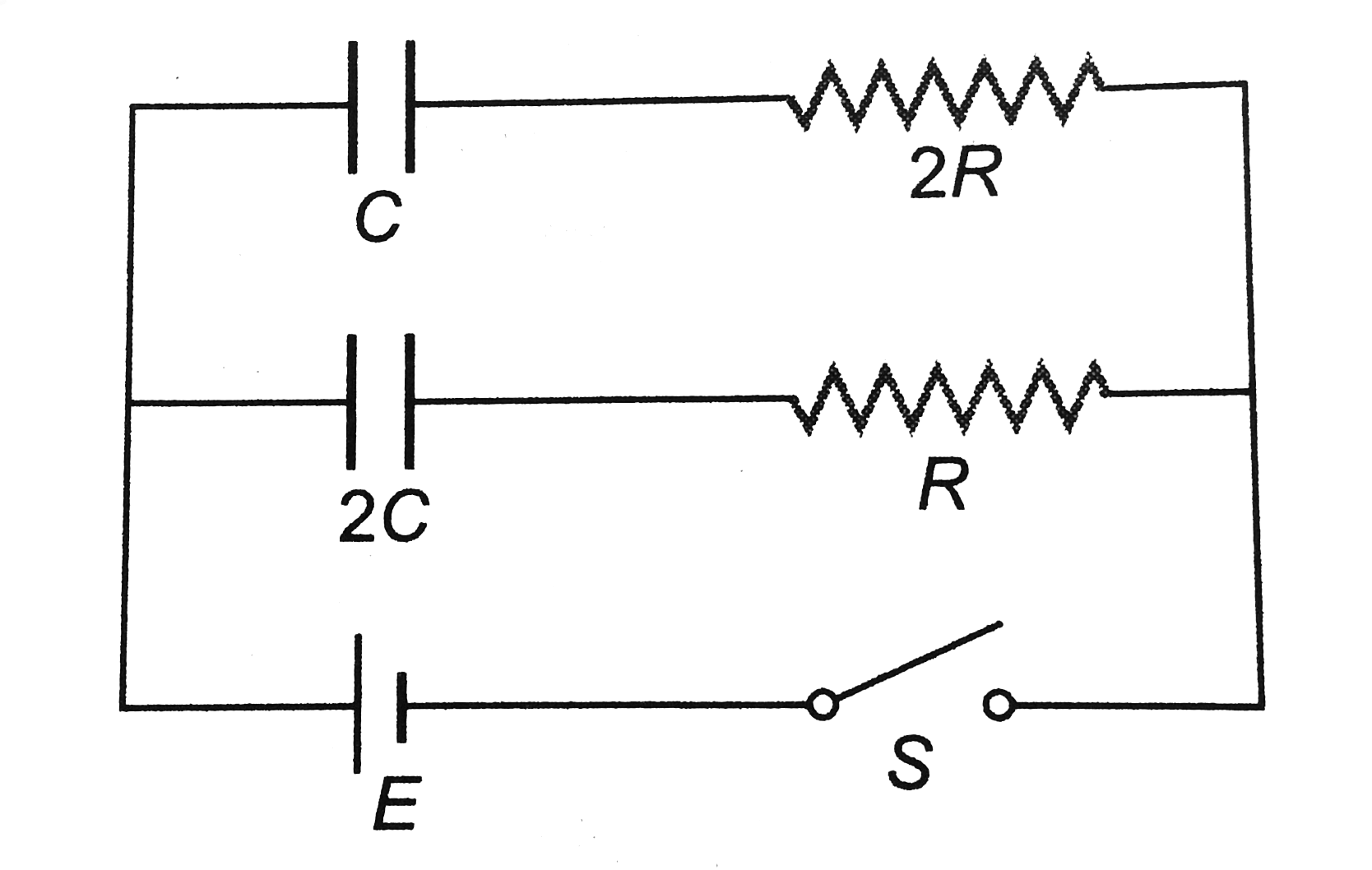When the switch is closed in the circuit as shown in the following figure, the light bulb become bright in an inperceptibly short-time interval, and then gradually goes out. We interpret this to mean that 
Electrons on the negative terminal of the battery reach a capacitor plate almost instantaneously
Electrons from a capacitor plate travel to the positive terminal of the battery almost instantaneously
The capacitor must already have had charge on its plates
The battery establishes an electric field in the circuit almost instantaneously
The correct Answer is:D
Step by step video, text & image solution for When the switch is closed in the circuit as shown in the following figure, the light bulb become bright in an inperceptibly short-time interval, and then gradually goes out. We interpret this to mean that by Physics experts to help you in doubts & scoring excellent marks in Class 12 exams.
Updated on:21/07/2023Topper's Solved these Questions
- CIRCUITSBOOK - RESNICK AND HALLIDAYCHAPTER - CIRCUITSEXERCISE - Practice Questions (More than One Correct Choice Type)
12 Videos
- CIRCUITSBOOK - RESNICK AND HALLIDAYCHAPTER - CIRCUITSEXERCISE - Practice Questions (Linked Comprehension)
11 Videos
- CIRCUITSBOOK - RESNICK AND HALLIDAYCHAPTER - CIRCUITSEXERCISE - Problems
45 Videos
- CENTER OF MASS BOOK - RESNICK AND HALLIDAYCHAPTER - CENTER OF MASS EXERCISE - Practice Questions (Integer )
4 Videos
- CIRCULAR MOTIONBOOK - RESNICK AND HALLIDAYCHAPTER - CIRCULAR MOTIONEXERCISE - CHECK POINTS
6 Videos
Similar Questions
Knowledge Check
In the circuit shown in figure bulb will become suddenly bright if :-
 AKey is closedBKey is openedCKey is opened or closedDWould not become bright
AKey is closedBKey is openedCKey is opened or closedDWould not become brightIn the circuit as shown in figure the switch is closed at t=0.

A long time after closing the switchAvoltage drop across the capacitor is EBcurent through the battery is E/R1+R2Cenegru stores in the capacitor is
12C(R2ER1+R2)2Dcurrent through the capacitor becomes zeroConsider the situation shown in figure. If the switch is closed and after some time it is opened again, the closed loop will show
 AAn anticlockwise current-pulseBA clockwise current-pulseCAn anticlockwise current-pulse and then a clockwise current-pulseDA clockwise current-pulse and then an anticlockwise current-pulse
AAn anticlockwise current-pulseBA clockwise current-pulseCAn anticlockwise current-pulse and then a clockwise current-pulseDA clockwise current-pulse and then an anticlockwise current-pulse
In the circuit shown in the figure, switch S is closed at time t=0. Select the correct statements.

View SolutionIn the circuit shown in the following figure, the switch is moved to position 1 at t = 0. Which of the following most closely represents the current I as a function of time?

View SolutionIf the four light bulbs in the following figure are identical which circuit gives out more light?

View Solution
In the LR circuit as shown in figure, te switch is closed at t=0, mark the incorrect statement of the following
View SolutionIn the circuit shown in fig. when the switch is closed, the capacitor charges with a time constant

View Solution


